Remembrance Day 2010. Introducing This Year's Topics
January 27 marks the anniversary of the liberation of Auschwitz-Birkenau, the largest Nazi death camp. In 2005, the United Nations General Assembly designated this day as International Holocaust Remembrance Day (IHRD), an annual day of commemoration to honor the victims of the Nazi era.
The Giornata della Memoria was established by the Italian Parliament on July 11 2000. Since that moment, every year all the Italian institutions located in New York collaborate to organize a full calendar of events to commemorate this historic milestone. The main one will take place on January 27 (9 am - 4 pm) outside of the Consulate General of Italy (690 Park Avenue, NYC), and will consist in the reading of all the names of the Jewish victims of Fascism. It is the only outdoors initiative organized in the city for the occasion.
i-Italy interviewed Natalia Indrimi, Director of the Primo Levi Center in New York, who introduced us to the main characteristics of Remembrance Day 2010, and explained the meaning of this commemoration after more than 60 years from the fall of Fascist dictatorship in Italy
Once again all the Italian institutions have collaborated to organize a full calendar of events to commemorate Remembrance Day. What are this year's topics?
This year we will discuss two topics: the history of the Jewish community of Rome and civilian internment in Fascist Italy.
Why focus on the Jewish community of Rome?
The history of the Jews of Rome is generally not very well-known. Not many people realize that the Jews of Rome represent the oldest Jewish community in the Western world. It embodies the signs of the main historical changes lived in both Judaism and Western civilization. In the past few months the community has been the protagonist of a conflict whose relevance can only be understood if analyzed from an historic point of view.
Its openness towards dialogue with other religions (Catholicism like Islam) and its natural vocation to solidarity have clashed with the news of the beatification of Pius XII: as we know the Pope's silence before the persecution of Jewish citizens during the Fascist Era is considered controversial, and until the Vatican will accept to open its archives to scholars there will be no way to ascertain where is the truth and build a viable debate on it.
Can you explain to the American audience the meaning Remembrance Day embodies for all the European countries that celebrate it?
Giorno della Memoria is the anniversary of the liberation of Auschwitz and was chosen by several European countries to remember and reflect on the dismantling of civil and human rights that brought to the genocide of the Jews, and the persecution of other groups, including homosexuals, handicapped, and political dissidents. It represents a moment of reflection for all those societies within which these crimes took place. It symbolizes the end of a period of obscurantism and destruction that radically changed the destiny of societies that had produced culture and civilization. In this sense it not only a Jewish commemoration, but also an occasion for all the descendants of the victims and the perpretrators to come together in the name of memory.
Why is it important to commemorate such a day in the USA, and in New York in particular?
New York is a world capital and at the same time is a mosaic of realities that do not communicate with one another.
People tend to see things in terms of ethnic specificity. A moment of reflection that overcomes this insularity and engages on the same topic, is always important. The ongoing debate has helped dispel many myths on Italy and Fascism that have become rooted among both Italian and Jewish Americans.
Although they mark two different historic moment, at the beginning Giorno della Memoria was automatically compared to Yom Ha Shoah.The latter is a Jewish commemoration that took as its symbol the uprise of the Warsaw Ghetto as a way to support the ideal of a Jew willing to fight for a new future. The estabilishment of Yom HaShoah caused a debate, as many suggested to focus on January 27 with its different set of meanings. Today both dates are commemorated. I think that the dialectics between them brings on key questions on a chapter of history which is in many ways coming to a end.
Why is the history and contemporary situation of the Italian Jews so little known in the US, and in particular among the members of the American Jewish community? Can this be an occasion to acknowledge people about it?
Sure. This is a part of our mission. Centro Primo Levi is the only English-language organization that offers a comprehensive look at the Italian Jewish World. The challenges of cultural translation are many and complex. However, as you can see on our website, new books, articles, conferences, and courses are added every day and the interest in the history of Italian Jews is getting substantial.
REMEMBRANCE DAY IN NEW YORK
FULL PROGRAM
January 27, 9:00 am - 4:00 pm
READING OF THE NAMES
Consulate General of Italy
Park Avenue at 68th Street
Reading of the names of the Jews deported from Italy and the Italian territories
RSVP: memoria@primolevicenter.org
................
January 27-February 15
ART & MEMORY: INSTALLATION BY JACK SAL
Italian Cultural Institute
686 Park Avenue, NYC
De/Portees
A multi screen installation by Jack Sal
in memory of the Italian Deportees.
January 27, 6:00 pm
READING TESTIMONIES
Center for Jewish History
15 West 16th Street, NYC
Reading from "Il Libro della Shoah Italiana"
Edited by Marcello Pezzetti
................
January 31, 1:30 film; 3:30 discussion
MUSSOLINI'S CAMPS: THE INTERNMENT OF JEWISH CIVILIANS IN FASCIST ITALY
Museum of Jewish Heritage
36 Battery Place, NYC.
Film Screening: The Jews of Fossoli
Directed by Ruggero Gabbai (Italy, 2006, 50 minutes, Italian w/English sbt.)
Alessandro Cassin (journalist) in conversation with Carlo Spartaco Capogreco (historian, author of The Duce's Camps), Doris Schechter, hidden as a child with her family in Italy.
................
February 1, 6:00 pm
FORCED CONVERSIONS IN PAPAL ROME
NYU Casa Italiana Zerilli Marimò
24 West 12th Street, NYC
Film screening: Confortorio
Directed by Paolo Benvenuti, (Italy, 1992, 90 min. Italian w/English subtitles).
Based on a true story, Confortorio narrates the vicissitudes of two young Roman Jews who are imprisoned under the accusation of theft during the pontificate of Clement XII, in 1736. The night before their execution, the fathers of the Confraternita of San Giovanni Decollato try to force them to embrace Christianity.
................
February 2, 6:30 pm
OCTOBER 16th, 1943: THE DEPORTATION OF THE JEWS OF ROME
JCC Manhattan
334 Amsterdam Avenue, NYC
Film Screening: "Una Storia Romana"
This is the most recent document and probably one of the last testimonies of the round up of the Ghetto of Rome. Journalist and writer Pupa Garribba interviews Enrica Sermoneta, who, as a young girl, fortuitously escaped deportation amidst generosity and betrayal. Told in a direct and unconventional style, filtered through the lens of 67 years of debate on the "black Saturday," the story raises old dilemmas and new questions on those days and ours. A post-screening discussion with Pupa Garribba will follow.
An Interview with Enrica Sermoneta
Directed by Pupa Garribba
................
February 2, 6:30 pm
OCTOBER 16th, 1943: THE DEPORTATION OF THE JEWS OF ROME
Museum of Jewish Heritage
36 Battery Place, NYC
Film Screening: The Gold of Rome
By Carlo Lizzani (1961, 110 min, Italian w/English sbt)
The Gold of Rome is the first filmic representation of the story of the German blackmail and eventual deportation of the Jews of Rome. Lizzani's rendition of situations and characters and his depiction of rituals and places illuminates the life and spirit of Roman Jewry, setting this semi-fictionalize document apart from other Holocaust films. With a a touch of sentimentality and a genuine understanding of the nuances of the story, The Gold of Rome delves into the dilemmas, conflicts, and cultural assumptions that lead the Jews of Rome to fall in what turned out to be a fatal trap.
................
February 16, 5:00 pm
THE GHETTO OF ROME
Italian Academy at Columbia University
1161 Amsterdam Avenue, NYC
Lecture: The Ghetto of Rome
Kenneth Stow (University of Haifa)
Jews have been residents of Rome since before the days of Julius Caesar, but the 16th century brought great challenges to their identity and survival in the form of Ghettoization. Created to expedite conversion and cultural dissolution, the Ghetto had an opposite effect. The Jews of Rome developed a microculture that ensured continuity and distinctiveness. The ability to settle disputes relating to marriage, divorce, inheritance, and other internal matters gave Jews the perception of themselves as actors of their own affairs and developed a unique cultural identity that permeates the community to these days.
................
February 18, 6:00 pm
THEATER PERFORMANCE | SALONICCO '43
Directed by Ferdinando Ceriani.
Script by Ferdinando Ceriani, Gian Paolo Cavarai, Antonia Ferrari
With: Massimo Wertmuller, Evelina Meghnagi,
Carla Ferraro, Domenico Ascione, Arnaldo Vacca






























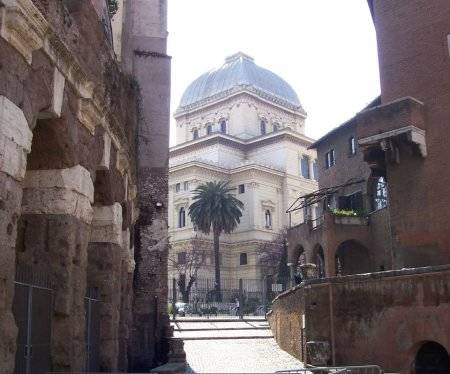
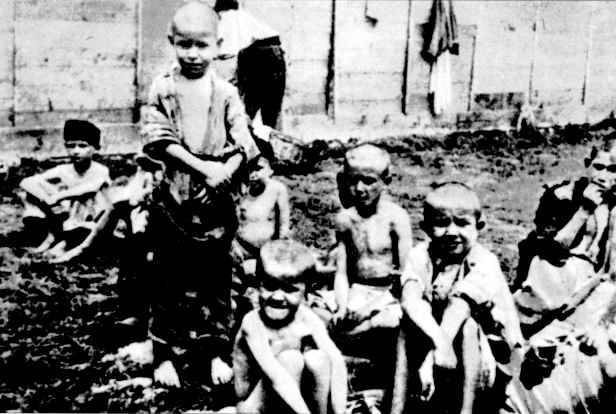
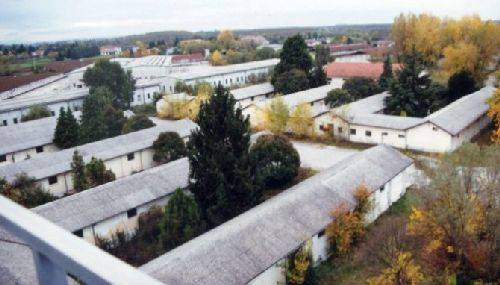
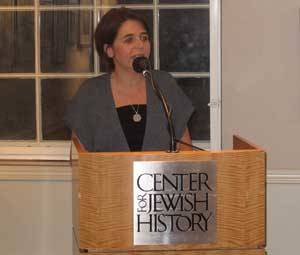
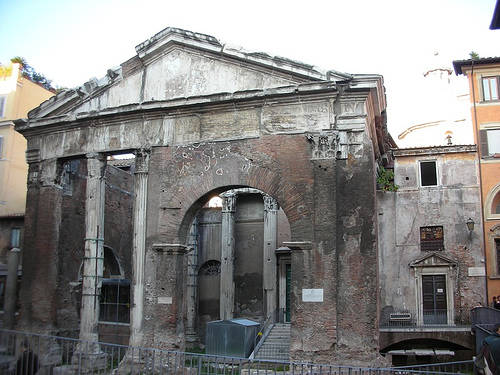
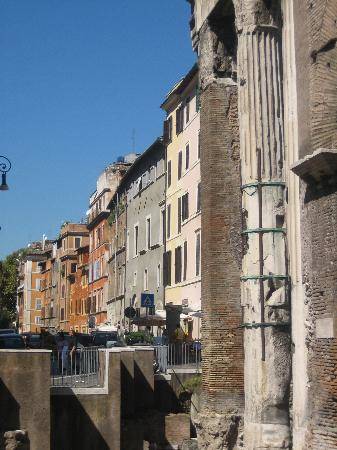




i-Italy
Facebook
Google+
This work may not be reproduced, in whole or in part, without prior written permission.
Questo lavoro non può essere riprodotto, in tutto o in parte, senza permesso scritto.